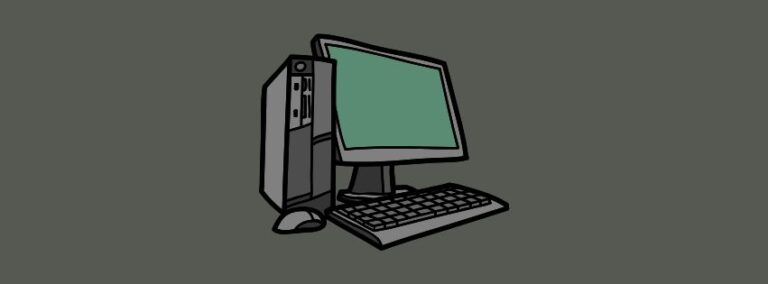Introduction
Dual-use technologies are innovations that can be used for both civilian and military purposes. These technologies offer companies and states enormous economic and security policy benefits, but also harbor considerable risks. While they can contribute to the modernization of industries, they also pose a challenge to international regulatory mechanisms. Companies must be aware of this balance and deal responsibly with dual-use technologies.
What are dual-use technologies?
Dual-use technologies are technologies that can be used in both commercial and military applications. Examples of this are
- Artificial intelligence (AI) – Can be used for civil automation or autonomous weapon systems.
- Satellite and communication technologies – Useful for global connectivity, but also essential for military reconnaissance.
- Drones & robotics – used in logistics and agriculture, but also for surveillance and combat missions.
- Biotechnology & genetic research – potential for medical breakthroughs, but also for biological weapons.
- 3D printing – production of prototypes and machine components, as well as firearms and other weapon components.
Opportunities for dual-use technologies
1. Economic progress and innovation
- Companies that invest in dual-use technologies benefit from innovation advantages in areas such as aerospace, medical technology and cyber security.
- Technologies promoted by military research often have a positive effect on civilian markets, such as the internet, GPS or modern battery technologies.
- Cooperation between governments and the private sector can open up new markets and increase technological competitiveness.
2. Security and crisis management
- Modern satellite monitoring and AI-supported analyses help with the early detection of global threats such as pandemics or natural disasters.
- Drone technology and robotics support rescue services and disaster control organizations in operations in dangerous areas.
- Cyber security technologies, which were originally developed for military purposes, now protect companies and government institutions worldwide.
Risks of dual-use technologies
1. Proliferation and misuse by non-state actors
- One of the biggest challenges is the uncontrolled spread of dual-use technologies, especially in states or organizations with questionable intentions.
- Terrorist groups or criminal networks could use advanced technologies for offensive purposes.
- States with authoritarian regimes could use dual-use technologies to monitor and repress their populations.
2 Difficult regulation and export control
- International control mechanisms such as the Wassenaar Arrangement and national export restrictions attempt to regulate the spread of these technologies.
- Companies must ensure that their dual-use products are not misused in military conflicts or for illegal purposes.
- Bureaucracy and the complex legal framework often make international trade in such technologies difficult.
3. Unforeseeable ethical challenges
- AI-supported decision-making in military applications raises questions about ethical responsibility.
- Biotechnological dual-use research could have unintended consequences, such as the risk of creating new strains of viruses or genetically modified organisms with unclear effects.
- The lack of international standards makes it difficult to draw a clear line between civilian and military use.
How can companies and countries use dual-use technologies responsibly?
1. Strengthening internal compliance and due diligence processes
- Companies must implement strict control mechanisms to ensure that their products are not used for illegal or ethically questionable purposes.
- Regular sanctions and export controls are necessary in order to comply with applicable international regulations.
2. Transparency and ethical research
- Companies should make a clear commitment to only develop dual-use technologies within a responsible framework.
- The creation of independent ethics councils to evaluate research projects can help to prevent misuse.
- International cooperation between governments, science and industry should be promoted in order to set global standards.
3. Investment in protective measures against misuse
- Technologies should be equipped with integrated protection mechanisms to prevent unauthorized use.
- Development of AI monitoring algorithms that detect suspicious activities or unauthorized use of dual-use technologies.
Conclusion
Dual-use technologies have the potential to change the world in the long term – both positively and negatively. Companies and states must act responsibly to promote innovation while minimizing security risks. Striking the right balance between economic interests, ethical responsibility and international security policy is crucial to effectively regulate and utilize these technologies.



